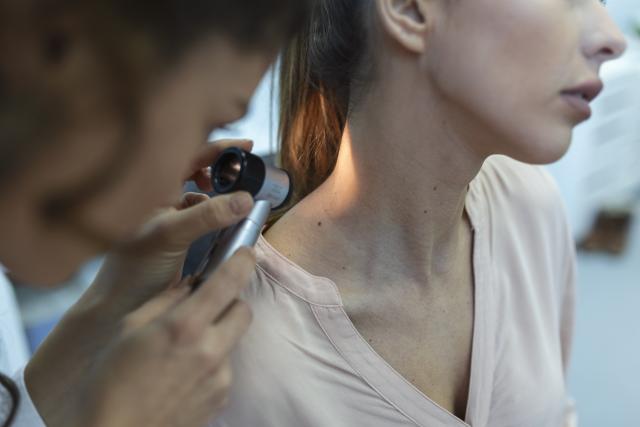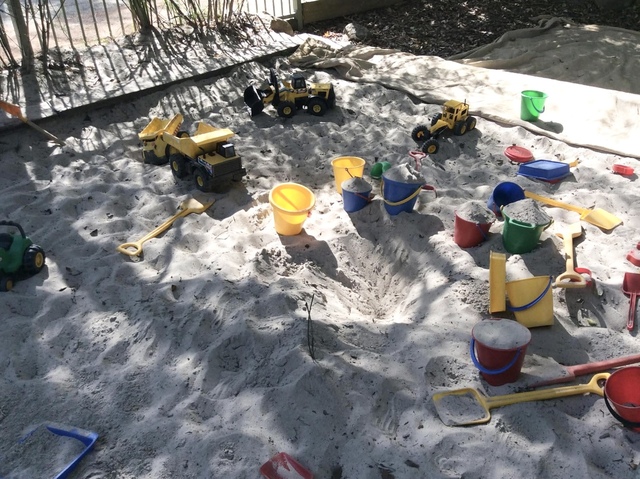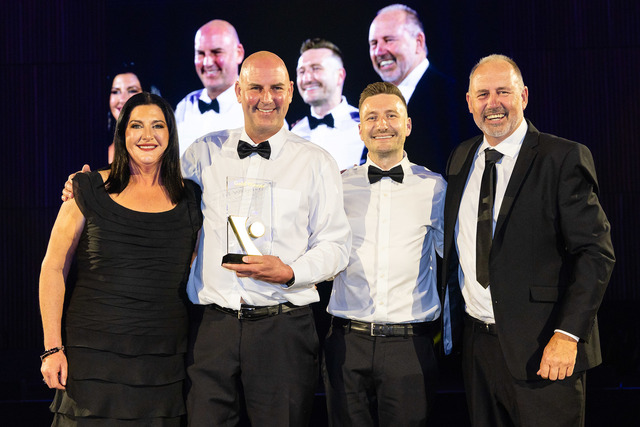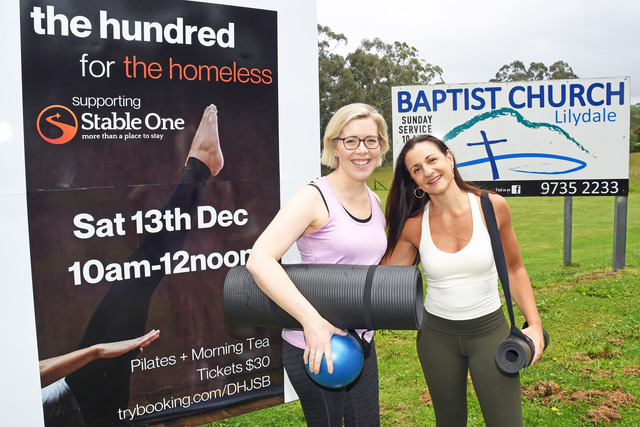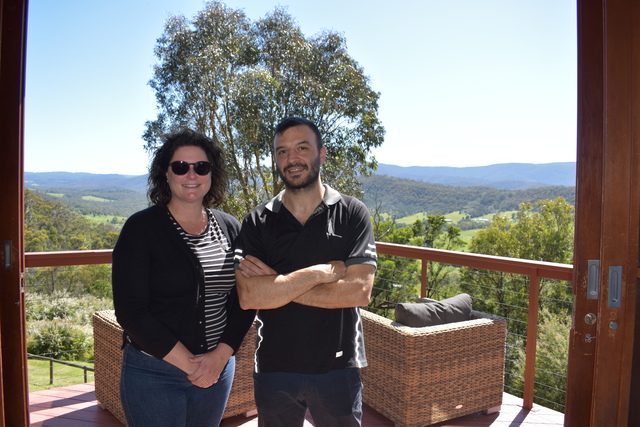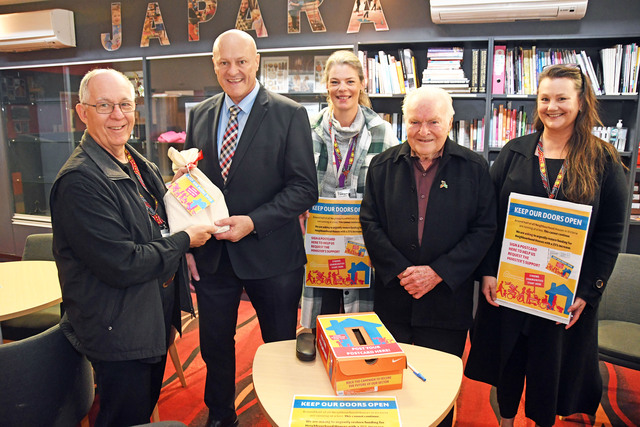Cancer Council Victoria’s SunSmart program is reminding Victorians to stay vigilant about sun protection this summer, as data shows melanoma diagnoses are on the rise, with people living in regional areas and men more likely to be diagnosed.
According to Cancer Council Victoria’s annual Victorian Cancer Registry (VCR), 3182 Victorians (1860 males and 1320 females) were diagnosed with melanoma in 2023, up from 2884 new cases in 2022.
1205 of these new cases came out of regional Victoria, where people are 54 per cent more likely to be diagnosed with melanoma than Victorians living in major cities.
Head of SunSmart at Cancer Council Victoria Emma Glassenbury said exposure to the sun’s UV radiation accounts for most melanoma, the deadliest skin cancer, capable of spreading to vital organs like the brain, lungs and liver.
“The good news is melanoma is one of the most preventable cancers, yet it remains the fifth most common in Victoria, accounting for 8 per cent of all new cancer diagnoses in 2023,” she saud.
“We think the Victorian rise in reported melanoma detection may be partially explained by growing and aging population in Victoria and fewer cases during Covid-19, so we are seeing larger numbers of melanoma now with a 10 per cent rise in cases between 2022-2023.”
The latest VCR report showed the rate of melanoma among Victorians aged 25-49 has declined by 52 per cent since 1997 — coinciding with a generation of Victorians who grew up with iconic SunSmart ‘slip slop slap’ messaging from the 1980s, now expanded to include slide (on sunglasses) and seek (shade).
Ms Glassenbury said that while numbers reported by VCR were compelling, they were just the tip of the iceberg, and did not capture the 164,737 treatments for other forms of skin cancer in Victoria in 2023.
“While less deadly than melanoma, treatment of basal cell carcinomas and squamous cell carcinomas often still involve confronting surgical procedures and place a significant financial burden on the Victorian health system,” she said.
“It’s encouraging to see skin cancer prevention through the SunSmart program listed as a priority in the Victorian Government’s Victorian Cancer Plan,”
“Government funding for programs and campaigns that promote sun safety and early skin cancer detection—especially for priority populations —is a vital and important investment that saves lives and reduces the eventual costs on the health system.”
Visit sunsmart.com.au to learn more or download the SunSmart Global UV App.
Acting Minister for Health Ingrid Stitt is urging Victorians to take the risk of sun damage seriously when outdoors this summer – by remaining vigilant of UV levels and using sun protection to reduce their chances of being diagnosed melanoma or other skin cancers.
“Australia has some of the highest UV levels in the world and all it takes is 11 minutes outdoors without sun protection to cause damage to our skin,” she said.
“Whether at the beach, working outdoors or spending time in the garden, Victorians should protect themselves by covering up, wearing a wide-brimmed hat, sunglasses and sunscreen, and seeking shade,”
“Skin cancer prevention and early detection saves lives – that’s why our government is proud to support SunSmart in helping to protect Victorians from skin cancer.”

